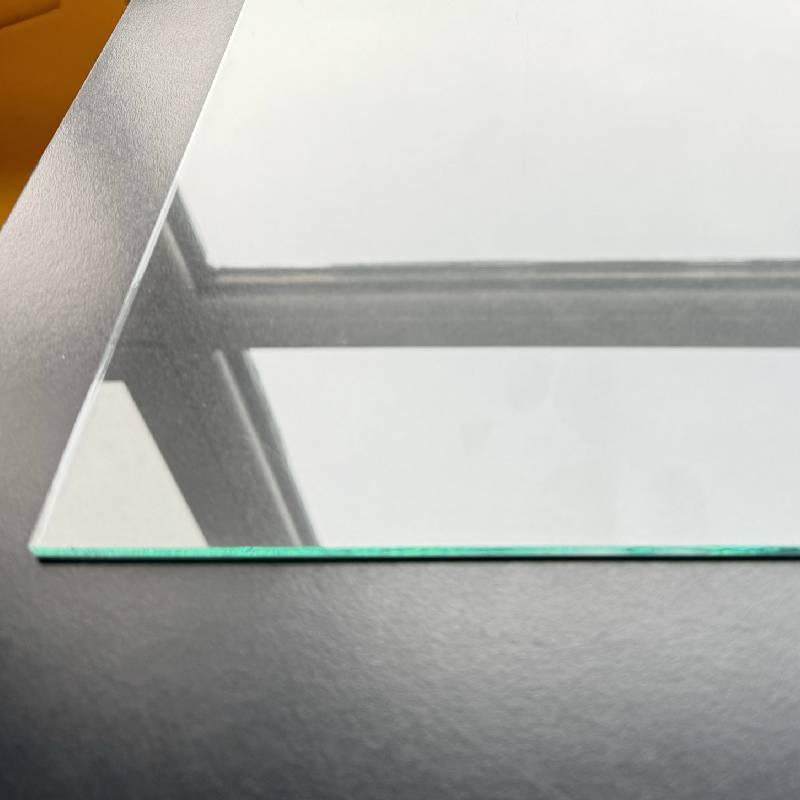

The Significance and Applications of Infrared Reflecting Glass
Infrared reflecting glass, also known as low-emissivity (low-e) glass, is a specialized type of glass designed to reflect infrared light while allowing visible light to pass through. This innovative material plays a crucial role in modern architecture and energy efficiency, offering numerous benefits that make it an essential component in various applications.
Understanding Infrared Reflecting Glass
Infrared reflecting glass is typically coated with a thin layer of metallic or dielectric materials that effectively reflect infrared radiation. This unique characteristic is paramount in controlling heat transfer in buildings. While visible light passes through the glass, the reflective layer prevents excessive heat from entering or escaping, thus maintaining a comfortable indoor environment. This is particularly important in regions with extreme temperatures, as it can significantly reduce reliance on heating and cooling systems.
Energy Efficiency and Cost Savings
One of the primary advantages of infrared reflecting glass is its contribution to energy efficiency. By reducing the need for artificial heating and cooling, this type of glass can lead to substantial energy cost savings over time. Studies have shown that buildings utilizing low-e glass can achieve energy savings of up to 30-50% when compared to conventional glass. This reduction in energy consumption not only helps lower utility bills but also minimizes the carbon footprint of buildings, making them more environmentally friendly.
Enhancing Comfort and Aesthetics
In addition to energy savings, infrared reflecting glass enhances the overall comfort of indoor spaces. By limiting heat gain during hot months and retaining warmth during cold ones, it helps maintain a stable and comfortable temperature. Furthermore, this type of glass minimizes glare while allowing natural light to shine through, creating a bright and inviting atmosphere without the discomfort associated with direct sun exposure.
Architects and designers appreciate infrared reflecting glass for its aesthetic versatility. It can be incorporated into various architectural styles, from modern skyscrapers to traditional homes. Its ability to provide a clear view with minimized distortion and color alteration also makes it an attractive choice for large windows and glass facades.

Applications in Various Industries
The applications of infrared reflecting glass extend beyond residential buildings. It is widely used in commercial structures, such as office buildings, shopping malls, and hotels, where energy efficiency and aesthetic appeal are paramount. The automotive industry also benefits from this technology, as infrared reflecting glass is becoming increasingly common in car windshields and windows, helping to keep vehicles cooler and reduce the need for air conditioning.
Furthermore, infrared reflecting glass is utilized in the manufacturing of solar panels and other renewable energy technologies. By enabling efficient heat management and light transmission, it helps optimize performance and energy output in solar applications. This synergy between glass technology and renewable energy underscores the potential for innovation in sustainable building practices.
Challenges and Considerations
Despite its many advantages, the use of infrared reflecting glass comes with certain challenges. The initial cost of installation can be higher than that of traditional glass, which might deter some builders and homeowners. However, this upfront investment is often outweighed by the long-term savings on energy bills. Additionally, the installation process requires careful consideration to ensure proper orientation and placement to maximize the benefits of the reflective coating.
Another consideration is the performance of infrared reflecting glass in various climates. While it excels in hot climates by reflecting heat, in colder regions, careful selection and application are necessary to ensure that the glass retains enough heat to prevent discomfort during the winter months.
Conclusion
Infrared reflecting glass stands at the forefront of modern construction and design, offering a harmonious blend of functionality, energy efficiency, and aesthetic appeal. As the demand for sustainable building solutions continues to grow, this innovative glass technology will undoubtedly play a pivotal role in shaping the future of architecture. From saving energy and reducing costs to enhancing comfort and aesthetics, the benefits of infrared reflecting glass are numerous and far-reaching, making it an indispensable asset in today’s built environment.